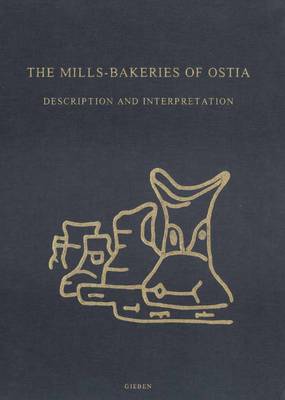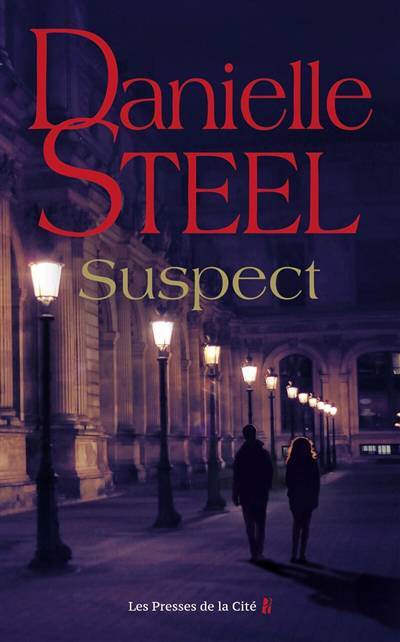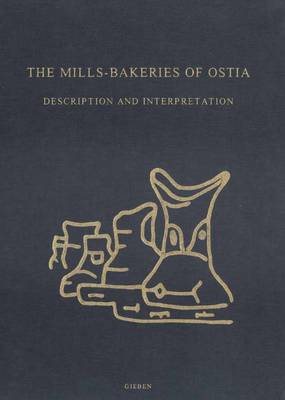
- Retrait gratuit dans votre magasin Club
- 7.000.000 titres dans notre catalogue
- Payer en toute sécurité
- Toujours un magasin près de chez vous
- Retrait gratuit dans votre magasin Club
- 7.000.0000 titres dans notre catalogue
- Payer en toute sécurité
- Toujours un magasin près de chez vous
The Mills-Bakeries of Ostia
Description and Interpretation
322,45 €
+ 644 points
Description
The ruins of Ostia, main harbour of Imperial Rome, were uncovered in the late nineteenth and first half of the twentieth century. In the present volume the remains of three buildings used for the milling of grain and baking of bread (pistrina) are studied according to modern archaeological standards. A detailed analysis of the architecture and masonry allows a description of the installation and vicissitudes of the pistrina. Subsequently the distribution of these buildings in the city and their place in the neighbourhood is studied. The technical achievement of the Ostian bakers is assessed. Although water-power was sometimes used in Roman grain-mills, this was not the case in Ostia. This in turn affects estimates of the output of the pistrina. Nevertheless the amount of bread that was produced must have been considerably higher than that in Pompeii, where many small bakeries have been preserved. No remains of bakeries have ever been found in Rome or Constantinople, but it may be assumed that the average bakery in these cities did not differ much from the Ostian workshops. Involvement of the fisc with the Ostian bakers has already been suggested by Bakker in Living and Working with the Gods. The role of the Emperor is dealt with in this volume once more. The Ostian corpus pistorum presumably fed Imperial slaves and the local fire-brigade. There are good reasons to assume that Ostia, like Rome, knew distributions of free grain.
Spécifications
Parties prenantes
- Editeur:
Contenu
- Nombre de pages :
- 217
- Langue:
- Anglais
- Collection :
- Tome:
- n° 21
Caractéristiques
- EAN:
- 9789050630580
- Date de parution :
- 01-01-99
- Format:
- Livre relié
- Format numérique:
- Genaaid
- Dimensions :
- 213 mm x 284 mm
- Poids :
- 1020 g

Les avis
Nous publions uniquement les avis qui respectent les conditions requises. Consultez nos conditions pour les avis.





